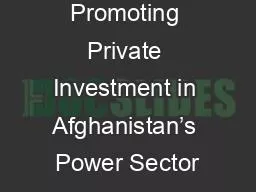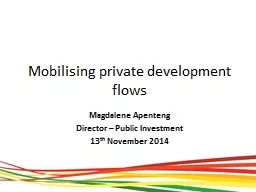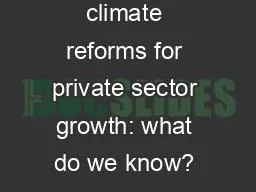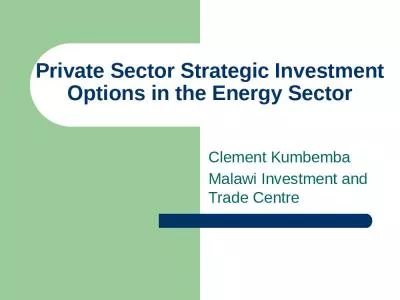PPT-Promoting Private Investment in Afghanistan’s Power Sector
Author : bikersjoker | Published Date : 2020-08-27
Javid Sadaat September 3 2015 Afghanistans historical power supply GWh GWh 78 of power supply relies imports Imports Domestic 916 923 915 1073 1114 2455 3022
Presentation Embed Code
Download Presentation
Download Presentation The PPT/PDF document "Promoting Private Investment in Afghanis..." is the property of its rightful owner. Permission is granted to download and print the materials on this website for personal, non-commercial use only, and to display it on your personal computer provided you do not modify the materials and that you retain all copyright notices contained in the materials. By downloading content from our website, you accept the terms of this agreement.
Promoting Private Investment in Afghanistan’s Power Sector: Transcript
Download Rules Of Document
"Promoting Private Investment in Afghanistan’s Power Sector"The content belongs to its owner. You may download and print it for personal use, without modification, and keep all copyright notices. By downloading, you agree to these terms.
Related Documents














